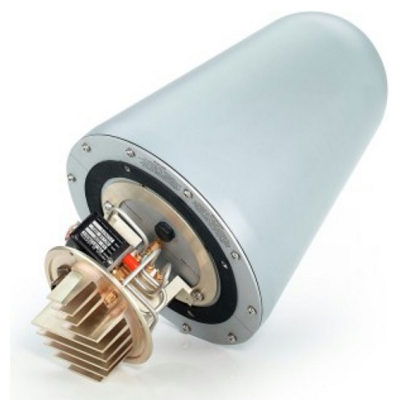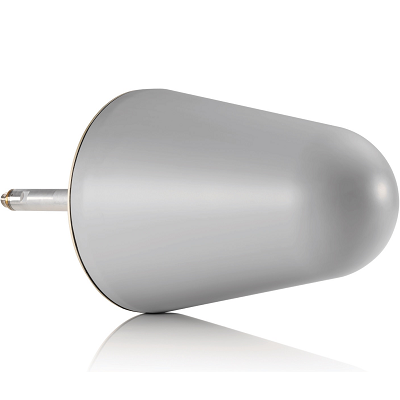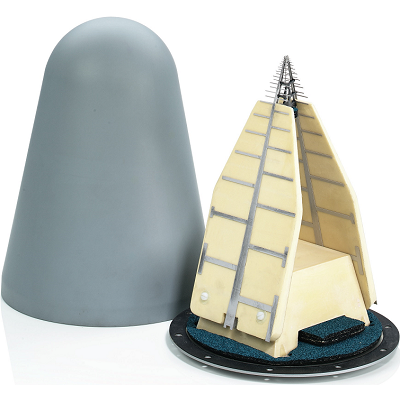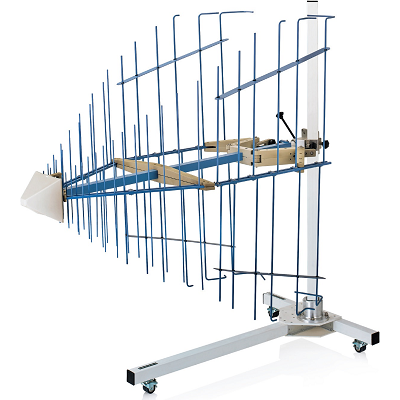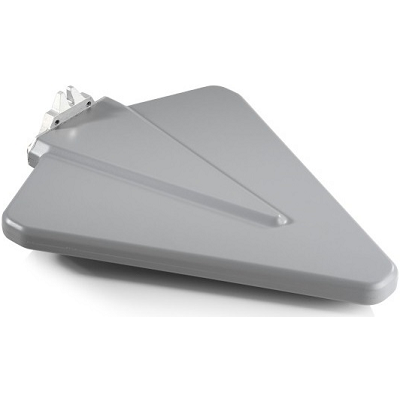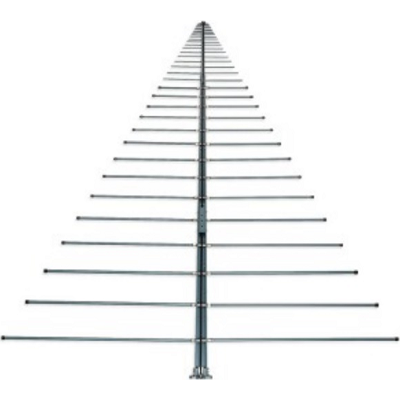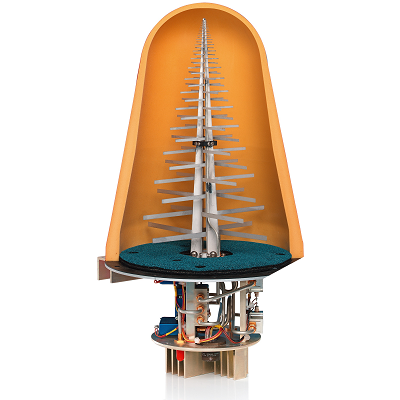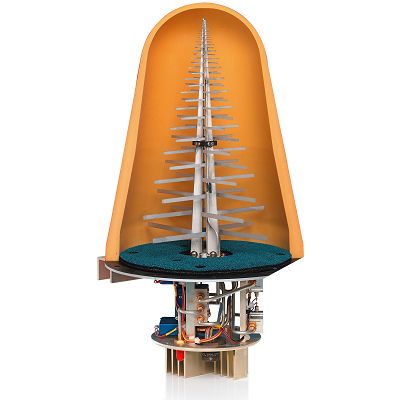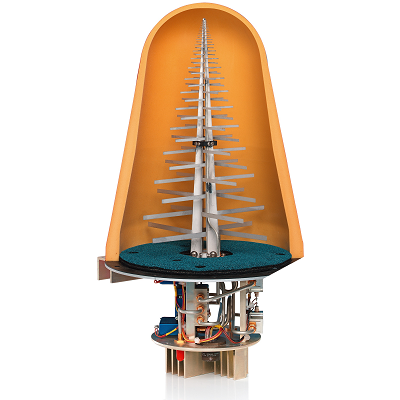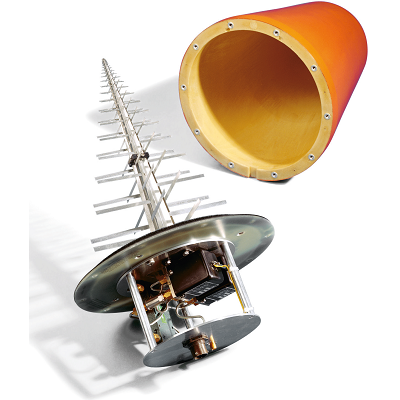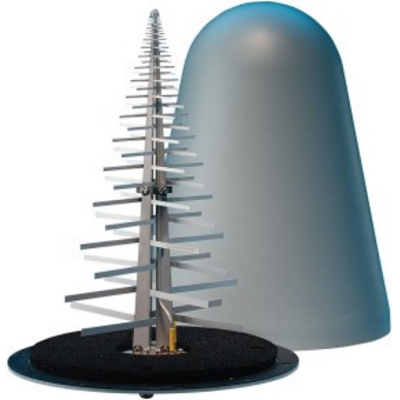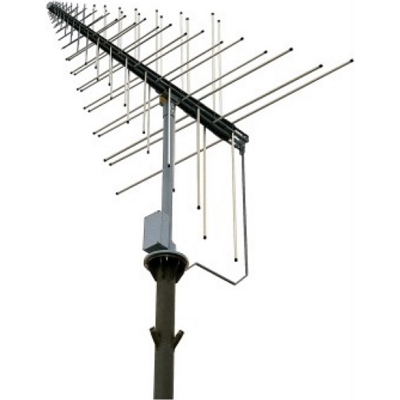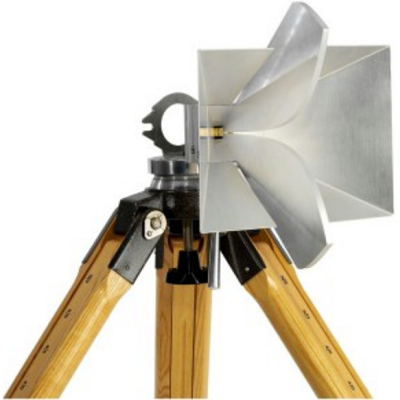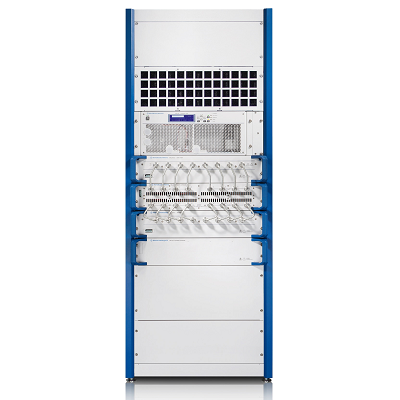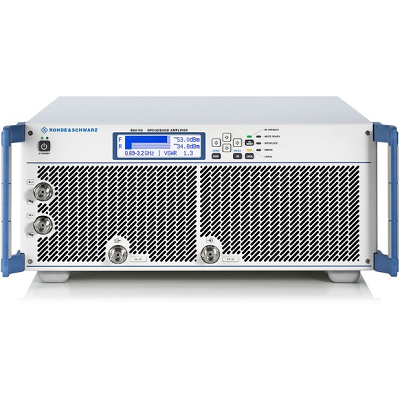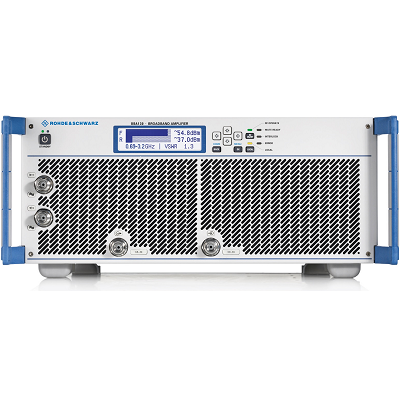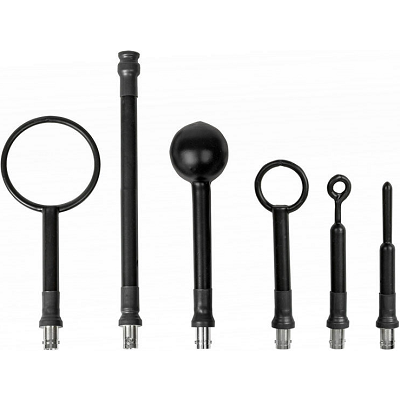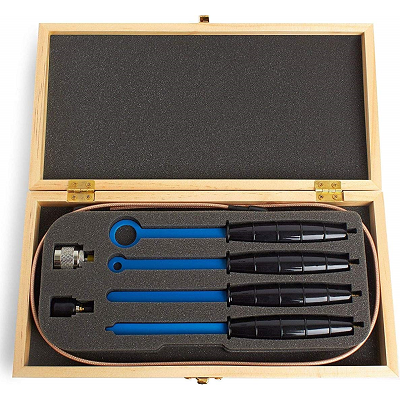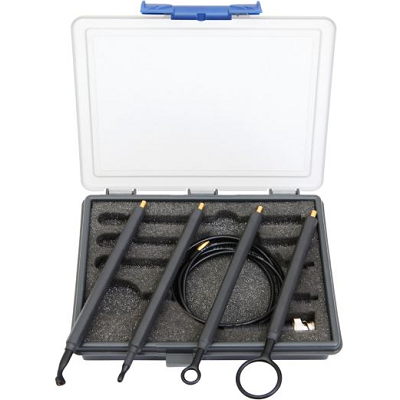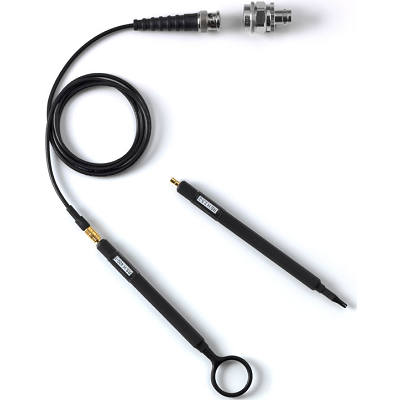
ISO 10605
ISO 10605 Road Vehicles — Test Methods for Electrical Disturbances from Electrostatic Discharge This International Standard 10605 specifies the electrostatic discharge (ESD) test methods necessary to evaluate electronic modules intended for vehicle use. It applies to discharges in the following cases:
- ESD in assembly
- ESD caused by service staff
- ESD caused by occupants

ISO 11452-10
ISO 11452-10 Road Vehicles - Component Test Methods for Electrical Disturbances from Narrowband Radiated Electromagnetic Energy - Part 10: Immunity to Conducted Disturbances in the Extended Audio Frequency Range Immunity measurements of complete road vehicles can generally only be carried out by the vehicle manufacturer, owing to, for example, high costs of absorber-lined shielded enclosures, the desire to preserve the secrecy of prototypes or a large number of different vehicle models. For research, development and quality control, a laboratory measuring method can be used by both vehicle manufacturers and equipment suppliers to test electronic components. ISOÂ 11452-1Â specifies general test conditions, definitions, practical use and basic principles of the test procedure. ISOÂ 11452-10 specifies a conducted voltage test method and procedure for determining the immunity of electronic components of passenger cars and commercial vehicles, regardless of the propulsion system (e.g. spark-ignition engine, diesel engine, electric motor). The method is applied to each individual device under test (DUT) lead and is applicable to all power and output leads, as well as low frequency analogue leads. The method is particularly useful in evaluating DUTs with acoustic or visible display functions. The disturbances considered in this part of ISOÂ 11452 are limited to continuous narrowband electric voltage waveforms. Preview Standard

ISO 11452-11
ISO 11452-11 Road Vehicles - Component Test Methods for Electrical Disturbances from Narrowband Radiated Electromagnetic Energy - Part 11: Reverberation Chamber ISOÂ 11452-11Â specifies a reverberation chamber method for testing the immunity (off-vehicle radiation source) of electronic components for passenger cars and commercial vehicles, regardless of the propulsion system (i.e. spark-ignition engine, diesel engine, electric motor). The device under test (DUT), together with the wiring harness (prototype or standard test harness), is subjected to an electromagnetic disturbance generated inside the reverberation chamber, with peripheral devices either inside or outside the chamber. It is applicable to disturbances from continuous narrowband electromagnetic fields. This test method is based on parts of IECÂ 61000-4-21 and RTCA/DO-160E. Preview Standard

ISO 11452-2
ISO 11452-2 Road Vehicles - Component Test Methods for Electrical Disturbances from Narrowband Radiated Electromagnetic Energy - Part 2: Absorber-Lined Shielded Enclosure ISO 11452-2 specifies an absorber-lined shielded enclosure method for testing the immunity (off-vehicle radiation source) of electronic components for passenger cars and commercial vehicles regardless of the propulsion system (e.g. spark-ignition engine, diesel engine, electric motor). The device under test (DUT), together with the wiring harness (prototype or standard test harness), is subjected to an electromagnetic disturbance generated inside an absorber-lined shielded enclosure, with peripheral devices either inside or outside the enclosure. It is applicable only to disturbances from continuous narrowband electromagnetic fields. See ISO 11452-1 for general test conditions. Preview Standard

ISO 11452-3
ISO 11452-3 Road Vehicles - Component Test Methods for Electrical Disturbances from Narrowband Radiated Electromagnetic Energy - Part 3: Transverse Electromagnetic (TEM) Cell ISO 11452-3 specifies transverse electromagnetic (TEM) cell tests for determining the immunity of electronic components of passenger cars and commercial vehicles to electrical disturbances from narrowband radiated electromagnetic energy, regardless of the vehicle propulsion system (e.g. spark-ignition engine, diesel engine, electric motor). The electromagnetic disturbances considered are limited to continuous narrowband electromagnetic fields. The TEM cell method has the major advantage of not radiating energy into the surrounding environment. The method can be used for testing either the immunity of a component with the field coupling to the wiring harness or the immunity of the component alone with minimum exposure to the wiring harness. Preview Standard

ISO 11452-4
ISO 11452-4 Road Vehicles - Component Test Methods for Electrical Disturbances from Narrowband Radiated Electromagnetic Energy - Part 4: Harness Excitation Methods ISOÂ 11452-4 specifies harness excitation test methods and procedures for determining the immunity of electronic components of passenger cars and commercial vehicles regardless of the propulsion system (e.g. spark-ignition engine, diesel engine, electric motor). The bulk current injection (BCI) test method is based on current injection into the wiring harness using a current probe as a transformer where the harness forms the secondary winding. The tubular wave coupler (TWC) test method is based on a wave coupling into the wiring harness using the directional coupler principle. The TWC test method was developed for immunity testing of automotive components with respect to radiated disturbances in the GHz ranges (GSM bands, UMTS, ISM 2,4Â GHz). It is best suited to small (with respect to wavelength) and shielded device under test (DUT), since in these cases the dominating coupling mechanism is via the harness. For DUTs which are larger than a wavelength (e.g. 0,1Â m at 3Â GHz), direct field coupling to the printed circuit board (PCB) becomes of equal importance. The user of the TWC test method should take this into account and determine the applicability of the method. The electromagnetic disturbances considered in this part of ISOÂ 11452 are limited to continuous narrowband electromagnetic fields. Preview Standard

ISO 11452-5
ISO 11452-5 Road Vehicles - Component Test Methods for Electrical Disturbances from Narrowband Radiated Electromagnetic Energy - Part 5: Stripline ISO 11452-5Â specifies stripline tests for determining the immunity of electronic components of passenger cars and commercial vehicles to electrical disturbances from narrowband electromagnetic energy, regardless of the vehicle propulsion system (e.g. spark-ignition engine, diesel engine, electric motor). To perform such tests, the equipment harness is exposed to a disturbance field. This technique is limited to equipment harnesses, which have a maximum diameter of one-third the stripline height or less. The electromagnetic disturbances considered are limited to continuous narrowband electromagnetic fields. Preview Standard

ISO 11452-8
ISO 11452-8 Road Vehicles - Component Test Methods for Electrical Disturbances from Narrowband Radiated Electromagnetic Energy - Part 8: Immunity to Magnetic Fields ISO 11452-8 specifies tests for electromagnetic immunity of electronic components for passenger cars and commercial vehicles, regardless of the propulsion system (e.g. spark-ignition engine, diesel engine, electric motor), to magnetic fields. These sources are classified into “internal magnetic field†(sources internal to the vehicle, e.g. vehicle electro-mechanical motors, actuators) and “external magnetic field†(sources external to the vehicle e.g. power transmission lines, generating stations). To perform this test, the device under test (DUT) is exposed to a magnetic disturbance field. The radiating loop method can be applied to small DUTs or to larger DUTs by positioning the coil in multiple locations. The Helmholtz coil is sometimes used as an alternative method. This technique is limited by the relationship between the size of the DUT and the size of the coils. The electromagnetic disturbances considered in this part of ISO 11452 are limited to continuous narrowband electromagnetic fields. Preview Standard

ISO 14982
ISO 14982 Agricultural and Forestry Machinery - Electromagnetic Compatibility - Test Methods and Acceptance Criteria This International Standard 14982 specifies test methods and acceptance criteria for evaluating the electromagnetic compatibility of tractors and all kinds of mobile (including hand-held) agricultural machinery, forestry machinery, landscaping and gardening machinery [referred to hereafter as machine(s)] as supplied by the machine manufacturer. It is applicable to machines and electrical/electronic sub-assemblies (ESA's) which are manufactured after the date of publication of this International Standard. Electrical/electronic components or sub-assemblies intended for fitting in machines are also within the scope of this standard, except regarding immunity for those parts whose functions are not involved in the direct control and modification of the state of the functions of the machine. This International Standard is not applicable to machines directly supplied with low voltage current from public electrical mains. Exceptions to machines or electrical/electronic systems or ESA's that may not require testing in accordance with this International Standard are given in clause 7. Preview Standard

ISO 16750-2
ISO 16750-2 Road Vehicles - Environmental Conditions and Testing For Electrical and Electronic Equipment - Part 2: Electrical Loads This International Standard 16750-2 applies to electric and electronic systems/components for road vehicles. This part of ISO 16750 describes the potential environmental stresses and specifies tests and requirements recommended for the specific mounting location on/in the road vehicle. This part of ISO 16750 describes the electrical loads. Electromagnetic compatibility (EMC) is not covered by this part of ISO 16750. Electrical loads are independent from the mounting location, but can vary due to the electrical resistance in the vehicle wiring harness and connection system. Preview Standard

ISO 21848
ISO 21848 Road Vehicles - Electrical and Electronic Equipment for a Supply Voltage of 42 V - Electrical Loads This International Standard 21848 describes the electrical loads that can affect electric and electronic systems and components of road vehicles for a supply voltage of 42Â V, which may be used in a single or a multiple voltage electrical system. In addition, it specifies the tests and resulting requirements, test equipment accuracy being agreed upon between the vehicle manufacturer and the supplier. It does not cover electromagnetic compatibility (EMC). Note:Â Electrical loads are independent from the mounting location. This International Standard also provides design guidance for the interaction of 42Â V with other system voltages. Preview Standard

ISO 7637-1
ISO 7637-1 Road Vehicles - Electrical Disturbances from Conduction and Coupling - Part 1: Definitions and General Considerations This International Standard 7637-1 defines the basic terms relating to electrical disturbances from conduction and coupling used in the other parts of ISO 7637. It also gives general information on the whole ISO 7637 Series. Preview Standard

ISO 7637-2
ISO 7637-2 Road Vehicles - Electrical Disturbances from Conduction and Coupling - Part 2: Electrical Transient Conduction along Supply Lines Only This International Standard 7637-2 specifies test methods and procedures to ensure the compatibility to conducted electrical transients of equipment installed on passenger cars and commercial vehicles fitted with 12Â V or 24Â V electrical systems. It describes bench tests for both the injection and measurement of transients. It is applicable to all types of road vehicles independent of the propulsion system (e.g. spark ignition or diesel engine, electric motor). Preview Standard

ISO 7637-3
ISO 7637-3 Road Vehicles - Electrical Disturbances from Conduction and Coupling - Part 3: Electrical Transient Transmission by Capacitive and Inductive Coupling via Lines Other Than Supply Lines This International Standard 7637-3 defines bench test methods to evaluate the immunity of devices under test (DUTs) to transient pulses coupled to lines other than supply lines. The test pulses simulate both fast and slow transient disturbances caused by the switching of inductive loads and relay contact bounce. The following three test methods are described in this part of 7637-3:
- capacitive coupling clamp (CCC) method
- direct capacitive coupling (DCC) method
- inductive coupling clamp (ICC) method

ISO 7637-4
ISO/DTS 7637-4 Road Vehicles - Electrical Disturbance by Conduction and Coupling - Part 4: Electrical Transient Conduction along Shielded High Voltage Supply Lines Only This part of ISO 7637 specifies test methods and procedures to ensure the compatibility to conducted electrical transients of equipment installed on passenger cars and commercial vehicles fitted with electrical systems with voltages higher than 60 VDC and lower than 1.500 VDC and a power-supply isolated from the vehicle-body. It describes bench tests injection of transients:
- Voltage ripple (square wave) (Pulse A)
- Pulsed sinusoidal disturbances (Pulse B)
- Low frequency sinusoidal disturbances (Pulse C)
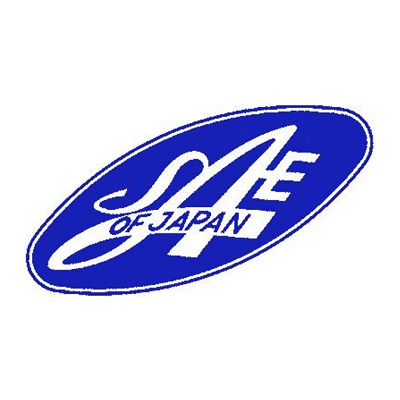
JASO D001-94
JASO D001-94 General Rules of Environmental Testing Methods for Automotive Electronic Equipment JASO D001-94 specifies a uniform test method in order to evaluate the performance of the automotive electronic equipment (hereinafter referred to as “equipmentâ€) under various environmental conditions, which use a power supply of nominal voltage 12 V or 24 V system. Preview Standard

JASO D902-95
JASO D902-95 Durability Testing Methods for Automotive Electronic Equipment This standard stipulates the standardized testing methods for evaluating the durability of automotive electronic equipment (hereinafter referred to as equipment) used with 12-V or 24-V nominal voltage power supplies under specific ambient conditions. Preview Standard

SAE J1113-11
SAE J1113-11 Immunity to Conducted Transients on Power Leads This SAE Standard J1113-11 defines methods and apparatus to evaluate electronic devices for immunity to potential interference from conducted transients along battery feed or switched ignition inputs. Test apparatus specifications outlined in this procedure were developed for component installed in vehicles with 12 V systems (passenger cars and light trucks, 12 V heavy-duty trucks, and vehicles with 24 V systems). Presently, it is not intended for use on other input/output (I/O) lines of the device under test (DUT). Measurement Philosophy Installed electrical equipment is powered from sources which contain, in addition to the desired electrical voltage, transients with peak values many times this value, caused by the release of stored energy during the operation of a relay and/or other loads connected to the source while starting and/or turning off the vehicle. These tests are designed to determine the capability of equipment to withstand such transients. The tests are performed in the laboratory (bench tests). Bench test methods give results, which also allow comparison between laboratories. These tests may not cover all types of transients, which can occur in a vehicle. The test pulses described in Section 8 are, however, characteristic of typical pulses. To ensure proper operation of a vehicle in the electromagnetic environment, vehicle testing should be performed in addition to bench testing. Preview Standard

SAE J1113-12
SAE J1113-12 Electrical Interference by Conduction and Coupling - Capacitive and Inductive Coupling via Lines Other than Supply Lines This SAE Standard J1113-12 establishes a common basis for the evaluation of devices and equipment in vehicles against transient transmission by coupling via lines other than the power supply lines. The test demonstrates the immunity of the instrument, device, or equipment to coupled fast transient disturbances, such as those caused by switching of inductive loads, relay contact bouncing, etc. Four test methods are presented -- Capacitive Coupling Clamp, Chattering Relay, Direct Capacitor Coupling, and Inductive Coupling Clamp. Preview Standard

SAE J1113-13
SAE J1113-13 Electromagnetic Compatibility Measurement Procedure for Vehicle Components - Part 13: Immunity to Electrostatic Discharge This SAE Standard J1113-13 specifies the test methods and procedures necessary to evaluate electrical components intended for automotive use to the threat of Electrostatic Discharges (ESDs). It describes test procedures for evaluating electrical components on the bench in the powered mode and for the packaging and handling non-powered mode. A procedure for calibrating the simulator that is used for electrostatic discharges is given in Appendix A. An example of how to calculate the RC Time Constant is given in Appendix B. Functional Performance Status Classifications for immunity to ESD and Sensitivity classifications for ESD sensitive devices are given in Appendix C. Preview Standard

SAE J1113-2
SAE J1113-2 Electromagnetic Compatibility Measurement Procedures and Limits for Vehicle Components (Except Aircraft) - Conducted Immunity 15 Hz to 250 kHz This SAE Standard J1113-2 covers the requirements for determining the immunity characteristics of automotive electronic equipment, subsystems, and systems to EM energy injected individually onto all leads. This test may be used over the frequency range of 30 Hz to 250 kHz. The method is applicable to all input, output, and power leads. The method is particularly useful in evaluating DUTs with acoustic or visible display functions. Preview Standard

SAE J1113-21
SAE J1113-21 Electromagnetic Compatibility Measurement Procedure for Vehicle Components - Part 21: Immunity to Electromagnetic Fields, 30 MHz to 18 GHz, Absorber-Lined Chamber This SAE J1113-21 specifies test methods and procedures for testing electromagnetic immunity (of vehicle radiation sources) of electronic components for passenger cars and commercial vehicles. To perform this test method, the electronic module along with the wiring harness (prototype or standard test harness) and peripheral devices will be subjected to the electromagnetic disturbance generated inside an absorber-lined chamber. The electromagnetic disturbances considered in this part of SAE J1113 are limited to continuous narrowband electromagnetic fields. Immunity measurements of complete vehicles are generally only performed at the vehicle manufacturer. The reasons, for example, are high costs of a large absorber-lined chamber, preserving the secrecy of prototypes, or the large number of different vehicle models. Therefore, for research, development and quality control, a laboratory measuring method shall be applied by the manufacturers. Part 1 of SAE J1113 specifies the general, definitions, practical use, and basic principles of the test procedure. Preview Standard

SAE J1113-22
SAE J1113-22 Electromagnetic Compatibility Measurement Procedure for Vehicle Components - Part 22: Immunity to Radiated Magnetic Fields This SAE Standard J1113-22 covers the recommended testing technique for determining the immunity of automotive electronic devices to magnetic fields generated by power transmission lines and generating stations. Measurement Philosophy Electronic systems may be affected when immersed in a magnetic field. These fields are found near high-power transmission lines and power generating stations. The fields consist of the fundamental (60 Hz signal) and its odd harmonics. Consequently, devices in vehicles that are driven near these sources may be subjected to these fields. Preview Standard

SAE J1113-24
SAE J1113-24 Immunity to Radiated Electromagnetic Fields; 10 kHz to 200 MHz - Crawford TEM Cell and 10 kHz to 5 GHz - Wideband TEM Cell This SAE Standard J1113 specifies TEM cell test methods and procedures for testing the electromagnetic immunity of electronic components (DUTs) for passenger cars, commercial vehicles and similar applications. Methods using the constant cross-section TEM cell (Crawford TEM) and the flared cross-section TEM cell (wideband TEM) are discussed in the document. The electromagnetic disturbance considered in this part of SAE J1113 will be limited to continuous narrowband electromagnetic fields. TEM cells produce both electric and magnetic fields simultaneously. The test is directly applicable to DUTs whose height is less than 1/3 the septum height; somewhat larger modules can be tested with conditions applied. The Crawford TEM and wideband TEM cell may be used for testing within the 1/3 height condition without demonstrating field uniformity within the cell, if the test set-up complies with the other provisions of this standard. This test can be used for two purposes:
- Testing the immunity of DUTs with major field coupling to the DUT and wiring harness
- Testing the immunity of DUTs with major field coupling to the DUT

SAE J1113-25
SAE J1113-25 Electromagnetic Compatibility Measurement Procedure for Vehicle Components - Immunity to Radiated Electromagnetic Fields, 10 KHz to 1000 MHz - Tri-Plate Line Method This SAE Standard J1113-25 covers the recommended testing techniques for the determination of radiated immunity of an automotive electronic device. This technique uses a Tri-Plate Line (TPL) operating over a frequency range from 10 KHz to 1000 MHz. This technique is limited to components which have a maximum height of equal to or less than 1/3 the height between the driven element and the outer, ground plates. A TPL, a variation of a TEM cell design, is constructed without sides to the cell. The primary advantage to the use of the TPL as opposed to a TEM cell is that its construction permits large devices to be placed within the cell with their associated cables attached without special feed through ports or adapters as required for a TEM cell. The lack of sides which would be found in a TEM cell permits easy routing of the cables to and from the Equipment under Test (DUT). The TPL does not have a serious problem with fields reflected from the side walls as does with the TEM cell. This permits its use to frequencies above that of a TEM cell of the same physical size. Note that although the construction of the TPL limits generation of uniform electric and magnetic fields to frequencies below 500 MHz, experience has shown that the TPL may be used at frequencies up to 1 GHz and still provide reasonable and repeatable test results. This may only occur if the test setup requirements (i.e., DUT plus 1 meter of cable) and characterization procedures delineated in this SAE Standard permits its use to frequencies above that of a TEM cell of the same physical size. Note that although the construction of the TPL limits generation of uniform electric and magnetic fields to frequencies below 500 MHz, experience has shown that the TPL may be used at frequencies up to 1 GHz and still provide reasonable and repeatable test results. This may only occur if the test setup requirements (i.e., DUT plus 1 meter of cable) and characterization procedures, delineated in this SAE Standard are followed. The lack of side walls also means that the TPL must be used within an RF shielded enclosure to prevent RF energy, radiated from the TPL from interfering with near-by electronic devices. To prevent potential resonances and reflected waves within the shielded enclosure from distorting the fields produced within the TPL, the test chamber walls and ceiling must be lined with RF absorbing material. These issues are discussed in greater detail in the body of this is followed. The lack of side walls also means that the TPL must be used within an RF shielded enclosure to prevent RF energy, radiated from the TPL from interfering with near-by electronic devices. To prevent potential resonances and reflected waves within the shielded enclosure from distorting the fields produced within the TPL, the test chamber walls and ceiling must be lined with RF absorbing material. These issues are discussed in greater detail in the body of this document. CAUTION--Hazardous voltages and fields exist on and near the TPL when the equipment is energized. Test personnel should ensure that no one is in the test chamber during a test. It is the intent of the EMI committee to withdraw this document in five years unless there is a demand to retain the document Preview Standard

SAE J1113-27
SAE J1113-27 Electromagnetic Compatibility Measurements Procedure for Vehicle Components - Part 27 - Immunity to Radiated Electromagnetic Fields - Mode Stir Reverberation Method Vehicle electrical/electronic systems may be affected when immersed in an electromagnetic field generated by sources such as radio and TV broadcast stations, radar and communication sites, mobile transmitters, cellular phones, etc. The reverberation method is used to evaluate the immunity of electronic devices in the frequency range of 500 MHz to 2.0 GHz, with possible extensions to 200 MHz and 10 GHz, depending upon chamber size and construction. Optional pulse modulation testing at HIRF (High Intensity Radiated Fields) test levels, based upon currently known environmental threats, has been added to this revision of the standard. This SAE Standard J1113-27 addresses the Mode Stir (Continuous Stirring) Reverberation testing method which has been successfully utilized as a design and production stage development tool for many years. The Mode Tuned (Stepped Tuner) Reverberation testing method is covered in the SAE J1113-28 document. This Standard provides the component design and test engineers with a test procedure and the performance requirements necessary to quickly evaluate the immunity of electronic devices to radiated electromagnetic fields early in the design stage as well as pilot and production stages. This method is an alternative to testing in an absorber lined chamber. Ensuring electromagnetic compatibility early in the development stage will minimize costly changes later in the program and will prevent excessive component level hardening during full-vehicle level testing. The reverberation test method performs a dual function. The primary function of the method is to provide a bench test procedure correlative to vehicle level radiated immunity testing in the anechoic chamber and at mobile transmitter sites. The method can quickly evaluate the relative performance of different designs of the same device. Preview Standard

SAE J1113-4
SAE J1113-4 Immunity to Radiated Electromagnetic Fields - Bulk Current Injection (BCI) Method This SAE Standard J1113-4 defines a method for evaluating the immunity of automotive electrical/electronic devices to radiated electromagnetic fields coupled to the vehicle wiring harness. The method, called Bulk Current Injection (BCI), uses a current probe to inject RF onto the wiring harness in the frequency range of 1 to 400 MHz. BCI is one of a number of test methods that can be used to simulate the electromagnetic field. Preview Standard

SAE J1455
SAE J1455 Recommended Environmental Practices for Electronic Equipment Design in Heavy-Duty Vehicle Applications SAE J1455 encompasses the range of environments which influence the performance and reliability of the electronic equipment designed for heavy duty on and off road vehicles, as well as any appropriate stationary applications which also use these vehicle derived components. A few examples of such vehicles are on and off highway trucks, trailers, buses, construction equipment and agricultural equipment including implements. The climatic, dynamic, and electrical environments from natural and vehicle-induced sources that influence the performance and reliability of vehicle and tractor/trailer electronic components are included in this SAE Recommended Practice. Test methods that can be used to simulate these environmental conditions are also included. This information is applicable to diesel power trucks in Classes 6, 7, and 8. The purpose of this standard is intended to aid the designer of automotive electronic systems and components by providing material that may be used to develop environmental design goals. Preview Standard

SAE J2139
SAE J2139 Tests for Signal and Marking Devices Used on Vehicles 2032 mm or More in Overall Width This SAE Standard J2139 provides standardized laboratory tests, test methods, and performance requirements applicable to signal and marking devices used on vehicles 2032 mm or more in overall width. Preview Standard

SAE J2628 (2007)
SAE J2628 (2007) Characterization, Conducted Immunity This document establishes methods for characterizing the robustness of vehicle electronic modules to certain electrical and temperature environmental stresses using methods designed to address the deficiencies inherent in other commonly used validation methods. The methods included in this document are:
- Voltage-Temperature Design Margins
- Voltage Interruptions and Transients
- Voltage Dropouts and Dips
- Current Draw Under a Number of Conditions
- Switch Input Noise


